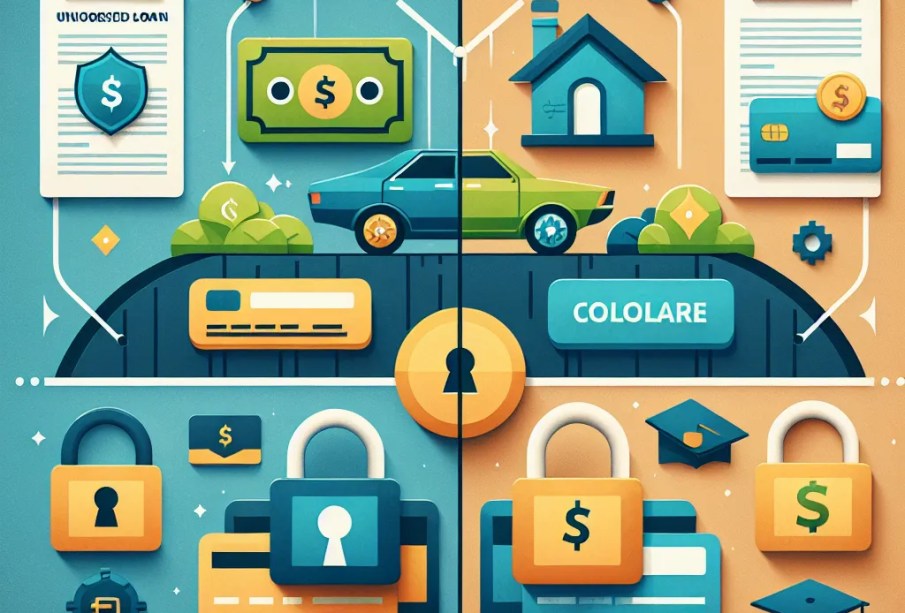Navigating Your Options: The Key Differences Between Secured and Unsecured Loans in the UK

Secured vs Unsecured Loans: What You Need to Know in 2025
Understanding the differences between secured and unsecured loans is crucial when you’re considering borrowing money, whether it’s for a personal project, a new business venture, or to consolidate debt. In 2025, with the financial market ever-evolving, being informed can help you make a better choice for your financial health. Here’s a comprehensive guide designed to clarify the fundamentals and nuances of each loan type, so you can navigate your options with confidence.
What is a Secured Loan?
A secured loan is a type of borrowing that is backed by collateral. This means that the borrower pledges an asset, such as a house or a car, against the loan. If the borrower fails to repay, the lender has the right to seize the asset to recover the losses. Popular types of secured loans include mortgages and auto loans.
Secured loans are generally considered to have lower risk for lenders and therefore, they often come with lower interest rates. However, they are riskier for borrowers because their assets are on the line.
What is an Unsecured Loan?
An unsecured loan, on the other hand, does not require any collateral. This type of loan is granted based mostly on the borrower’s creditworthiness and the promise to repay. Credit cards, personal loans, and student loans fall under this category.
Due to the increased risk to lenders, unsecured loans typically have higher interest rates compared to secured loans. Additionally, they might be harder to qualify for if you have a poor credit history.
Choosing Between Secured and Unsecured Loans
When deciding whether to opt for a secured or unsecured loan, consider the following factors:
- Loan amount and interest: Secured loans generally allow for higher borrowing limits at lower interest rates.
- Risk tolerance: If you’re uncomfortable with the idea of putting your assets at risk, an unsecured loan might be the better option.
- Credit score: A high credit score can improve your chances of obtaining an unsecured loan with favourable terms. If your credit score is low, securing your loan might be your only option for obtaining better terms.
Actionable Tips:
- Review your financial situation and decide how much risk you can afford.
- Compare different offers from lenders to find the best terms for both secured and unsecured loans. Websites like Compare the Market can provide detailed comparisons.
- Consider your future financial ability to repay the loan under its given terms.
- Consult with a financial adviser if you’re unsure which loan type is best for your situation.
Impact of Your Choice on Long-Term Financial Health
Your choice between a secured or unsecured loan can significantly affect your financial health. Secured loans can help build your credit score if managed correctly, while unsecured loans offer less risk to your assets but might carry higher interest rates that can increase your financial burden.
Keep in mind that defaulting on any loan can lead to serious financial consequences, including damaged credit scores and potential legal action, so always plan your finances carefully.
Conclusion
Both secured and unsecured loans offer valid solutions depending on your financial needs and circumstances. In 2025, it’s more important than ever to arm yourself with knowledge and choose wisely based on your financial situation and goals.
Don’t hesitate to use resources online to educate yourself further and keep up with changes in the financial landscape to make informed borrowing choices.


















